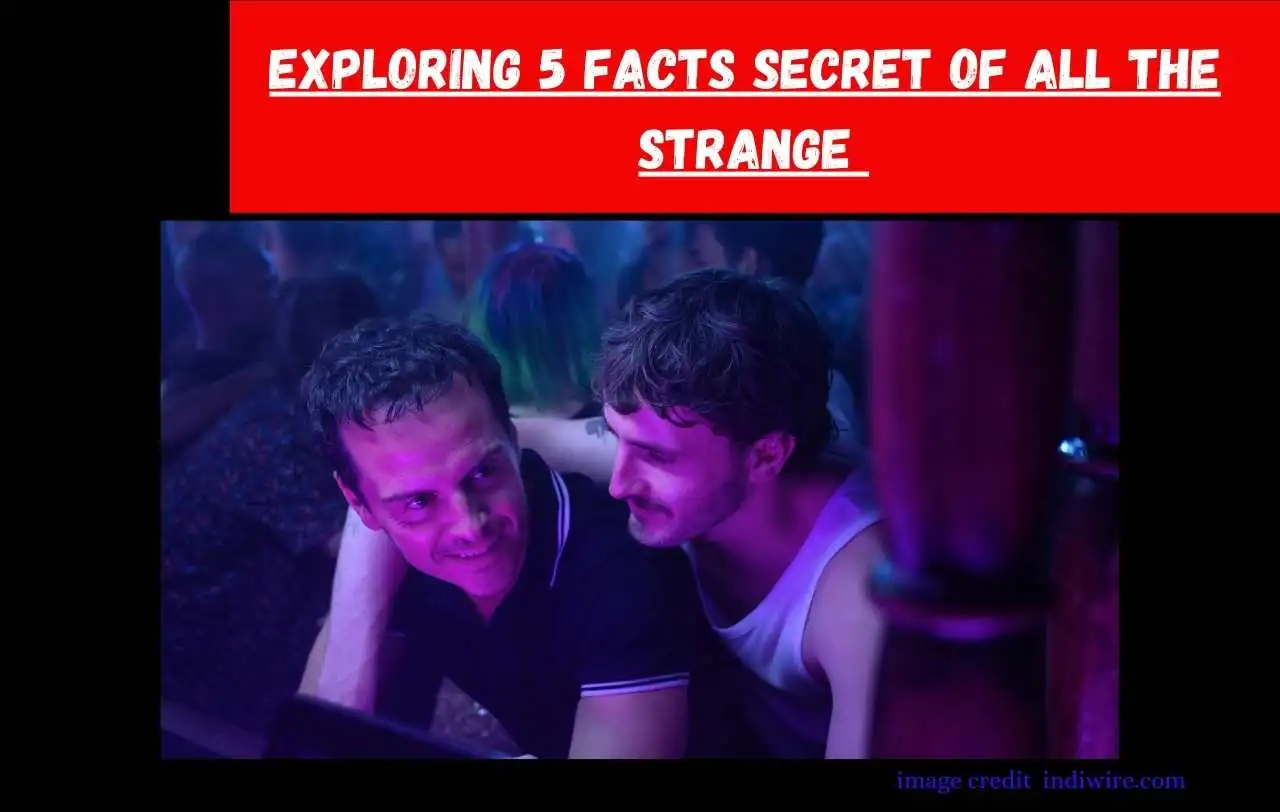In today’s cinema, Andrew Haigh’s “All of Us Strangers” is a powerful story about love, loss, and finding oneself. The film, mixing supernatural elements, follows Adam (played by Andrew Scott) as he navigates the challenges of
Introduction
In today’s cinema, Andrew Haigh’s “All of Us Strangers” is a powerful story about love, loss, and finding oneself. The film, mixing supernatural elements, follows Adam (played by Andrew Scott) as he navigates the challenges of his past and present relationships. Let’s take a closer look at this emotional and mysterious cinematic journey.
Unveiling the Story: A Special Ghost Tale
Andrew Haigh, known for his work on HBO’s “Looking,” draws inspiration from Taichi Yamada’s “Strangers.” He transforms the source material into a unique ghost story with a distinct emotional touch. The film delicately balances tenderness and sadness, adding complexity through Adam’s ethereal connection with his deceased parents, portrayed by Claire Foy and Jamie Bell.
A Healing Journey: Connecting with Acceptance
The heart of “All of Us Strangers” serves as a healing experience for viewers. Adam’s reunion with his parents becomes a metaphor for the universal need for acceptance, especially within the LGBTQ+ community. The film touches on the human desire for parental approval, a theme that resonates deeply, particularly for those who faced challenges in expressing their sexuality to their families.

Intimacy and Vulnerability: Haigh’s Trademark
Haigh’s directorial style, marked by intimacy and vulnerability, shines in portraying Adam’s evolving relationship with Harry (played by Paul Mescal). The film delicately navigates the complexities of love, longing, and societal attitudes. The scenes between Adam and Harry, reminiscent of Haigh’s debut feature “Weekend,” are not just sensual but emotionally resonant, showcasing the foundation of genuine relationships.
Addressing Realities: LGBTQ+ Challenges
The film skillfully addresses the challenges faced by the LGBTQ+ community, particularly in the late ’80s. Mum’s concerns, rooted in the AIDS era, add authenticity. The contrast of acceptance and resistance within the family dynamic mirrors the broader struggles that individuals, even today, face when revealing their sexual orientation to their parents.
Dreamy Atmosphere: A Visual and Auditory Treat
Collaborating with a talented team, including DP Jamie Ramsay and composer Emilie Levienaise-Farrouch, Haigh creates a dreamy atmosphere. The cinematography, with Adam’s reflection hauntingly framed, sets the stage for an emotionally charged journey. The film’s soundtrack, composed by Levienaise-Farrouch, enhances the experience, contributing to the overall atmosphere.
Ambiguous Resolution: An Emotional Journey
As “All of Us Strangers” unfolds, a sense of conflict arises, prompting viewers to question the nature of Adam’s reunion with his parents. Haigh skillfully avoids a typical resolution, leaving the audience with an emotionally intuitive conclusion. This ambiguity adds depth to the film, making it a subjective and personal experience for each viewer.
In Conclusion: A Cinematic Gem
To sum up, “All of Us Strangers” stands as a cinematic gem that skillfully explores the complexities of love, loss, and self-acceptance. Andrew Haigh’s direction, combined with outstanding performances, elevates this film into a storytelling realm that goes beyond conventional genres. It showcases the power of cinema to delve into the human experience, offering a narrative that resonates universally.
